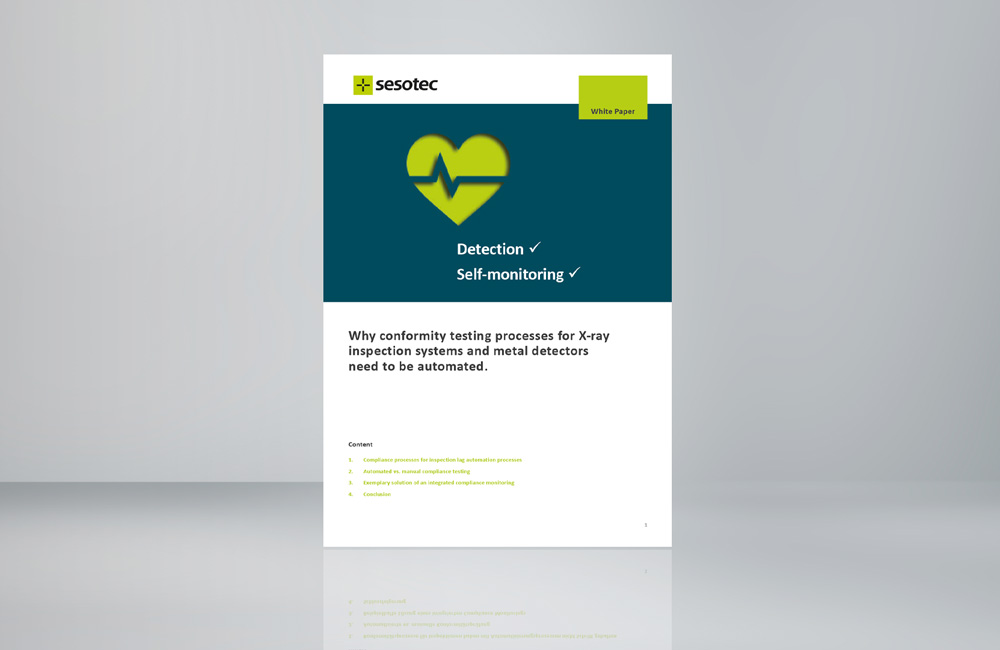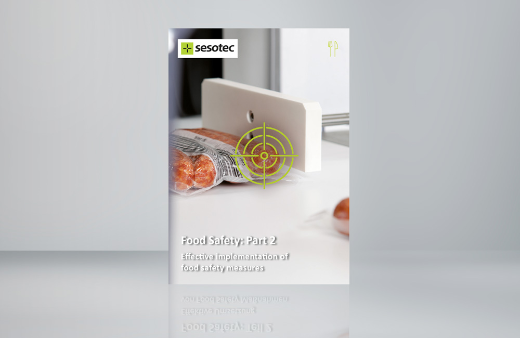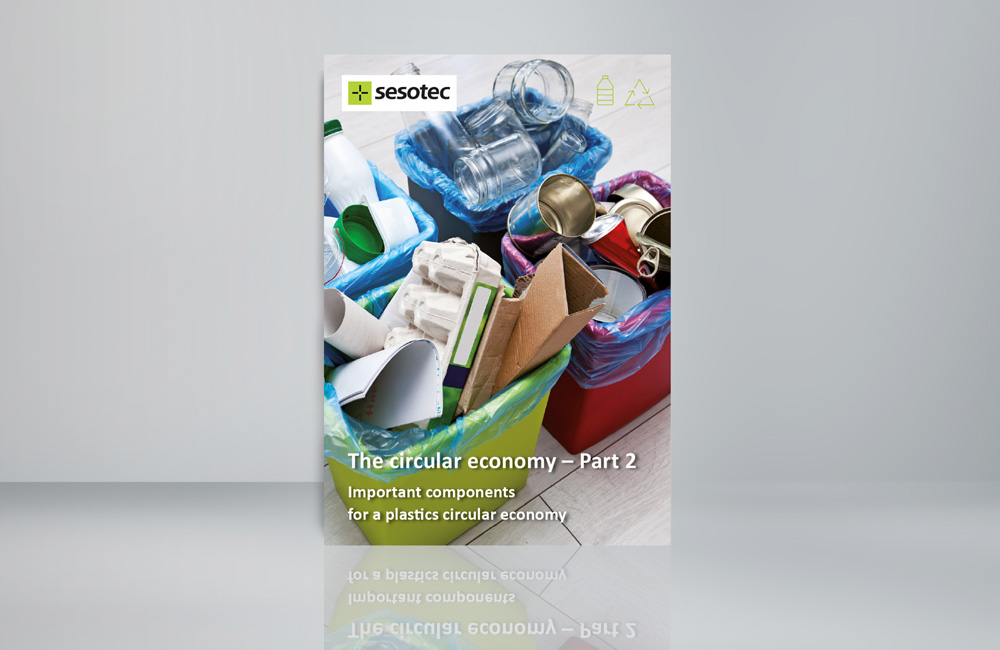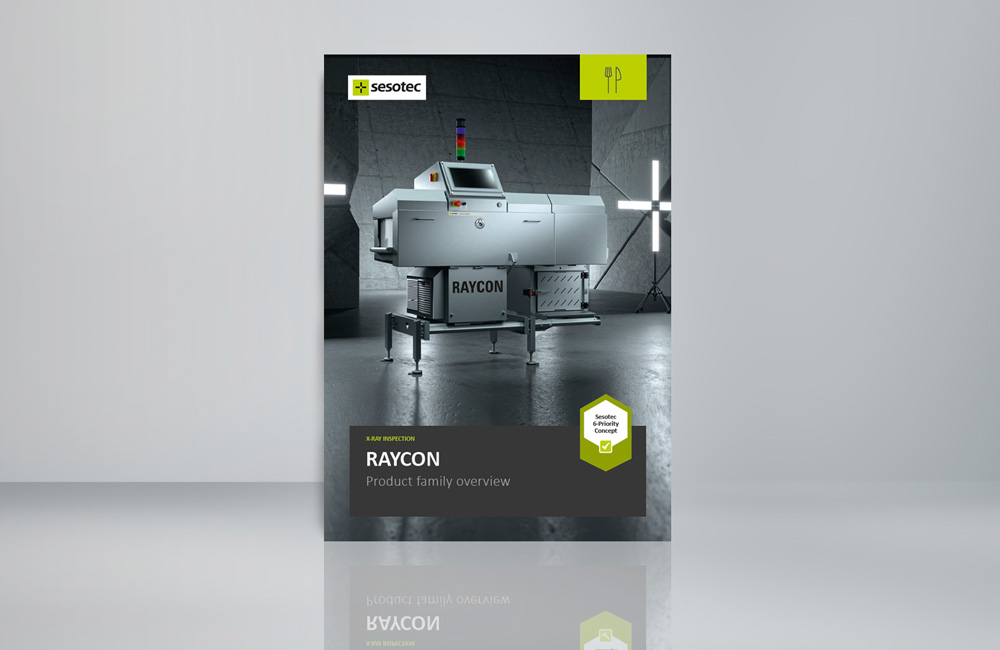White Paper
14/11/2019 |
Five tips to optimise metal detector performance
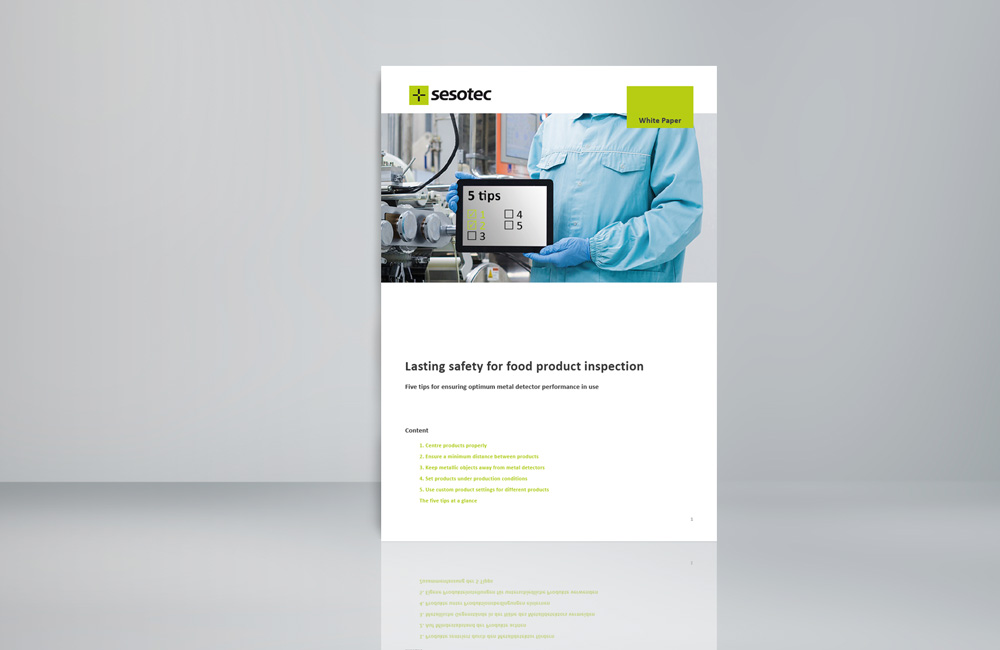
Metal detectors are used in the food industry for quality control purposes and to protect products from contamination. The devices are set up to provide maximum performance as a default. However, a metal detector’s performance can drop off over subsequent weeks and months of operation due to factors such as changes in the device settings or changes in products.
Achieving the best results is not just about using the best available technology: optimum set-up is just as important. Aspects such as product centring, the distance between the products, the metal-free zone, the position and shape of the product during teach-in and the settings for different products have to be taken into account.
In our white paper, we lay out the issues in detail and provide you with five useful tips on how to achieve an optimum set-up on your metal detectors to ensure you are getting the best possible performance and guaranteeing the purity of your products


